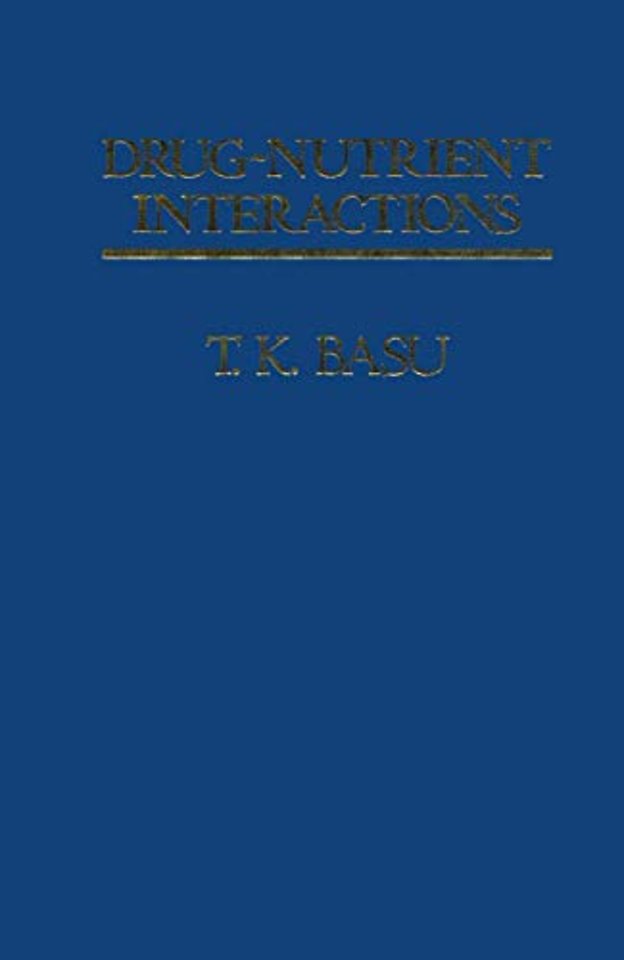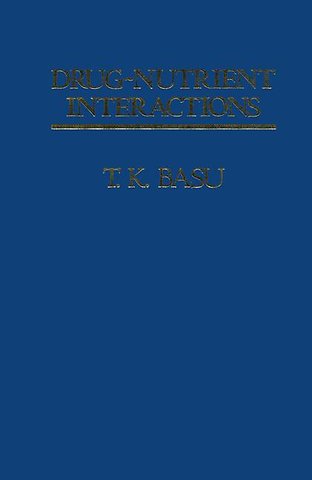Drug∼Nutrient Interactions
Samenvatting
In the world at large and in the Western World in particular, the average age of the population is increasing. This is related to an increase in lifespan resulting from remarkable advances in preventive medicine and the clinical sciences. There has also been a concomitant rise of the modern pharmaceutical and chemical industries which support modern treatment methods and influence the pattern of human disease. The science of nutrition has also made major advances in recent years and is poised for even more encouraging contributions as the tools of molecular biology are applied to mechanisms of nutrient effects at the molecular level. Instruction in nutritional science can no longer be restricted to a description of the chemistry of major dietary constituents, diseases associated with a deficiency, and the amounts of nutrients required to prevent them. Modern nutritionists must now address the pervasive interrelationships of long-term nutritional habits and chronic diseases of the cardiovascular system, of cancer, and of osteoporosis, among others. There is also the role of nutrition as a tool in the treatment of post operative and other patients in the clinical setting. It is at these interfaces that drugs and nutrients interact in significant ways.

